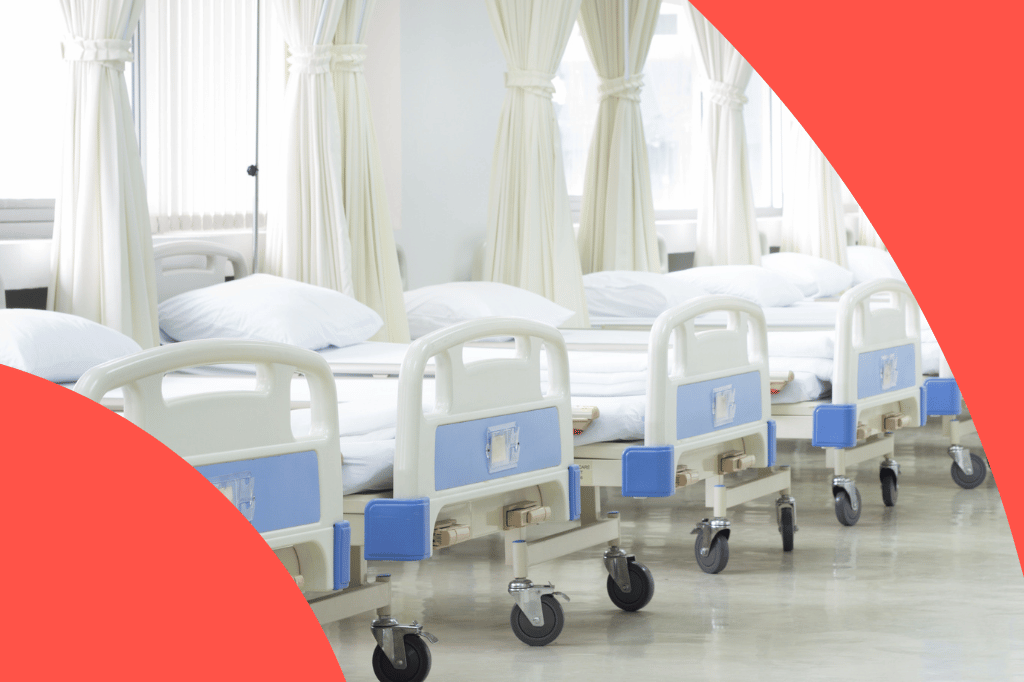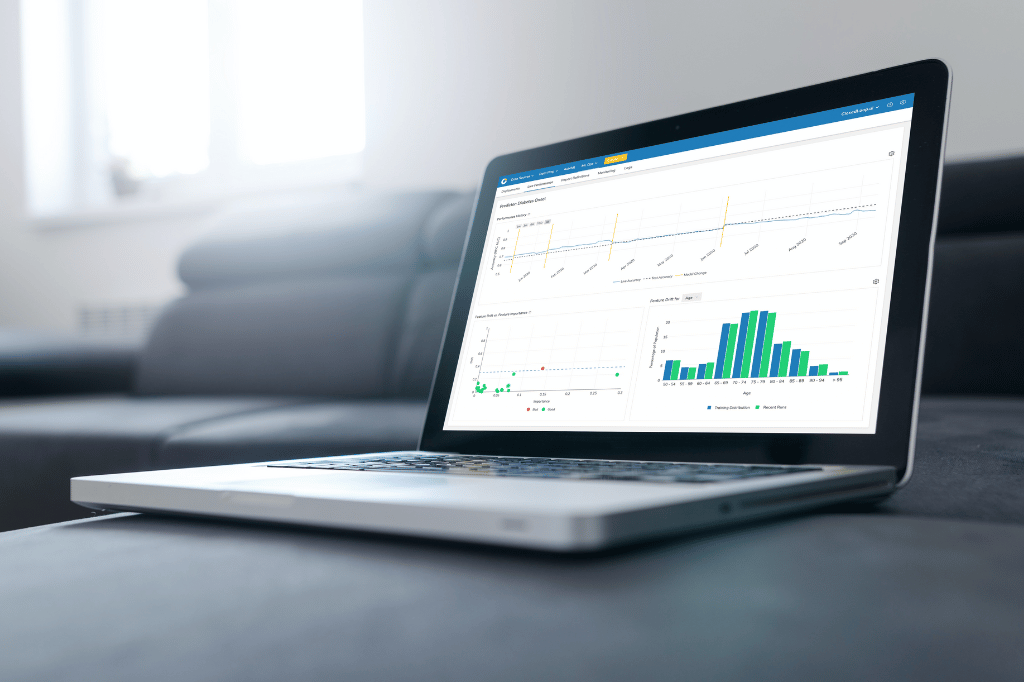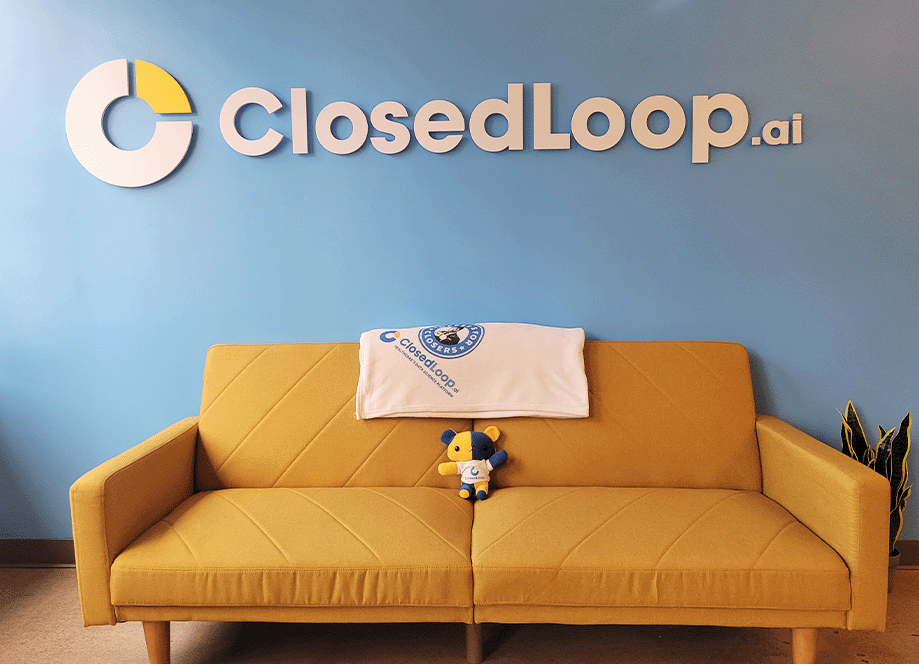Predict | Potentially Preventable Hospitalization
Predict and reduce potentially preventable hospitalizations.

Roughly 4.8 million potentially preventable inpatient stays account for 13% of all admissions and nearly $34 billion in hospital costs each year. This rate is significantly higher in older adults. When older adults are hospitalized, 30% experience a decline in their ability to perform activities of daily living (ADL) as a result of their hospitalization. For many, this decline is permanent.

BUILT FOR HEALTHCARE
Ingest, normalize, and blend data
from dozens of health data sources.
Electronic Health Records
Unstructured Clinical Notes
e-Prescribing Data
Vital Signs
Remote Monitoring Data
Medical Claims
Rx Claims
ADT Records
Lab Test Results
Social Needs Assessments
Social Determinants of Health
Operations & Services
Risk of a potentially preventable hospitalization in the next 12 months

Patient ID
Gender
Age
Risk Score Percentile
134794566
Female
73
95
Impact on risk
Contributing factor
Value
High LDL Cholesterol (mg/dL)
160
Rise in Blood Pressure (mmHg)
130/85 to 150/100
e-Prescription Filled by Patient (Y/N)
No
Increase in HTN Medication Dose (mg)
20 to 40
AI INFORMS ACTION
Pinpoint high-risk individuals and surface actionable risk factors.
ClosedLoop generates explainable predictions using thousands of auto-generated, clinically relevant contributing factors.
Enhance
Enhance enrollment in chronic care management programs
Improve
Improve ambulatory care for high-risk individuals
Provide
Provide education on self-management and healthy living habits
EXPLORE MORE USE CASES
Adverse Glycemic Events & Continuous Glucose Monitoring
Improve glycemic control and avoid adverse outcomes.











